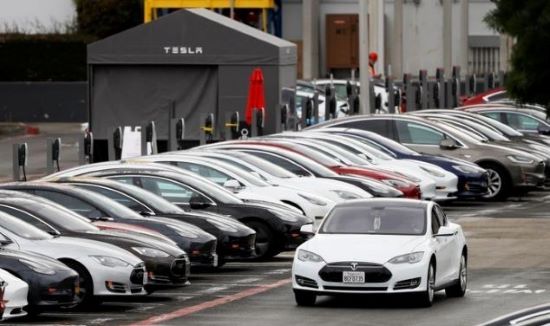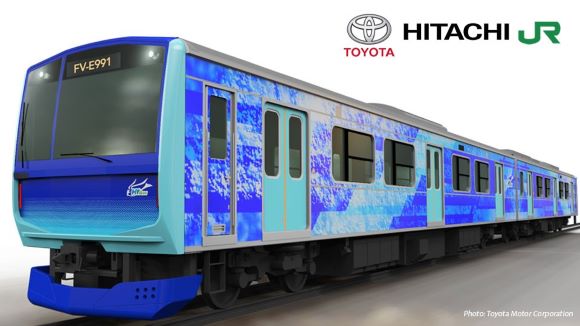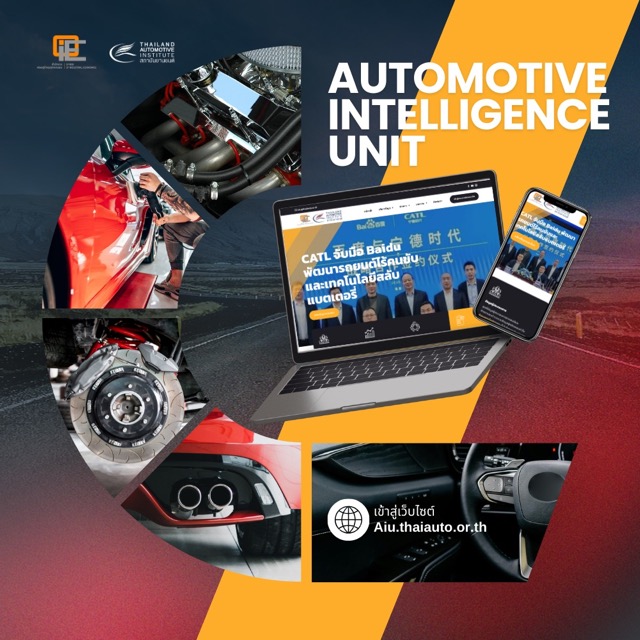- Silver
- สมาชิกระดับ Silver
- ฟรี
- สามารถเข้าถึงข้อมูลข่าวสารขั้นพื้นฐานได้
- ข้อมูลผู้ประกอบการต่างประเทศ
- ข้อมูลสถิติในประเทศและต่างประเทศ
- มาตรการทางการค้าระหว่างประเทศ
- กฎ ระเบียบ นโยบายในประเทศ
- เทคโนโลยี และงานวิจัย
- สมัครสมาชิก
ค้นหาข้อมูล
ความเคลื่อนไหวในอุตสาหกรรม
US National Hightway Traffis Safety Administration (NHTSA) ขยายขอบเขตการตรวจสอบด้านความปลอดภัยของรถยนต์
- รายละเอียด
- หมวด: ความเคลื่อนไหวในอุตสาหกรรม
- อ่าน: 1134 ครั้ง
บทวิเคราะห์ โดยผู้เชี่ยวชาญต่างชาติ ได้แสดงความเห็นต่อ มาตรการส่งเสริม การลงทุนการผลิตรถยนต์ไฟฟ้าฉบับใหม่ของไทย
- รายละเอียด
- หมวด: ความเคลื่อนไหวในอุตสาหกรรม
- อ่าน: 1278 ครั้ง
Toyota ลงทุน 1 ล้านเหรียญสหรัฐแก่มหาวิทยาลัย 4 แห่ง
- รายละเอียด
- หมวด: ความเคลื่อนไหวในอุตสาหกรรม
- อ่าน: 1336 ครั้ง
ยอดขายรถยนต์ในจีนยังคงขยายตัวขึ้นอย่างต่อเนื่องในเดือน ต.ค.
- รายละเอียด
- หมวด: ความเคลื่อนไหวในอุตสาหกรรม
- อ่าน: 1372 ครั้ง
จากมาตรการส่งเสริมยานพาหนะไฟฟ้าทุกประเภท จากเดิมมีแค่รถยนต์ไฟฟ้าและรถโดยสารไฟฟ้า
- รายละเอียด
- หมวด: ความเคลื่อนไหวในอุตสาหกรรม
- อ่าน: 1264 ครั้ง
Honda ตั้งเป้าที่จะเป็นผู้ผลิตรถยนต์รายแรกที่สามารถ Mass Production รถยนต์อัตโนมัติระดับ 3
- รายละเอียด
- หมวด: ความเคลื่อนไหวในอุตสาหกรรม
- อ่าน: 1308 ครั้ง
การยกระดับเศรษฐกิจของชาติโดยใช้เทคโนโลยีและนวัตกรรมเป็นกลไกสำคัญของการพัฒนาประเทศ "ระเบียงเศรษฐกิจภาคตะวันออก"
- รายละเอียด
- หมวด: ความเคลื่อนไหวในอุตสาหกรรม
- อ่าน: 1153 ครั้ง
Walmart ผู้ประกอบการค้าปลีกยักษ์ใหญ่สัญชาติอเมริกา ร่วมมือกับ Cruise บริษัทลูกของ General Motor
- รายละเอียด
- หมวด: ความเคลื่อนไหวในอุตสาหกรรม
- อ่าน: 1129 ครั้ง
โตโยต้า (Toyota) ร่วมกับ ฮิตาชิ (Hitachi) และบริษัทรถไฟญี่ปุ่นตะวันออก (East Japan Railway Company: JR East) บรรลุข้อตกลงการร่วมพัฒนารถไฟระบบไฮบริด
- รายละเอียด
- หมวด: ความเคลื่อนไหวในอุตสาหกรรม
- อ่าน: 1563 ครั้ง











